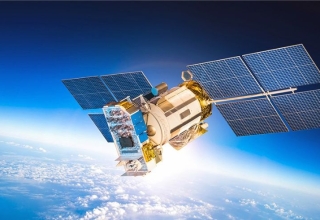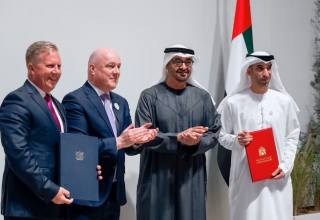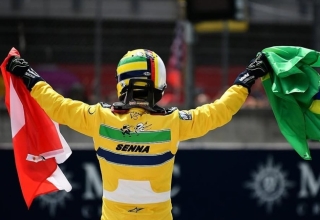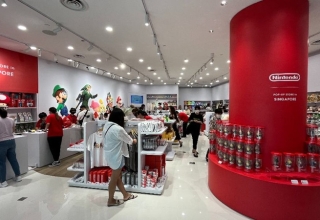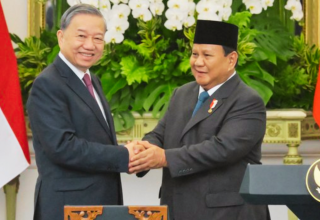
Southeast Asian cities, including Ho Chi Minh City, Bangkok and Phnom Penh, were among the five most polluted in the world.
According to air-monitoring agency IQAir, Vietnam’s Ho Chi Minh City ranked second-most polluted, followed by Cambodia’s Phnom Penh and Thailand’s Bangkok fourth and fifth, respectively.
Workers across the Thai capital struggle to work outdoors amidst a thick smog covering the city’s skyline. “My nose is constantly congested. I have to blow my nose all the time,” said 55-year-old motorcycle taxi driver Supot Sitthisiri, as per a Reuters report.
Even as the countries are taking adequate measures to curb the rising air pollution, a combination of crop-related burning, industrial pollution and heavy traffic continues to hamper the daily livelihood of people across major Southeast Asian cities.
In a bid to curb pollution in Bangkok, the Thai government is allowing free public transportation for a week, Transport Minister Suriya Juangroongruangkit said.
“The government is fully committed to solving the dust problem,” Thai Prime Minister Paetongtarn Shinawatra said on social media, allowing both private and public sector employees to work from home to reduce car use.
On January 22, fine particulate matter under 2.5 microns (PM 2.5) in Bangkok reached 100 – 20 times higher than the WHO guideline.
In Vietnam’s largest city, Ho Chi Minh City, IQAir said the level of fine inhalable particles was 11 times higher than the recommended level by the World Health Organization (WHO).
Last year, Hanoi, the Vietnamese capital, was ranked the world’s most polluted city in the world.
High air pollution can cause long-term health effects in children that often become irreversible. Air pollution accounted for 8.1 million deaths worldwide in 2021, becoming the second highest risk factor for death after malnutrition, including for children under five.


